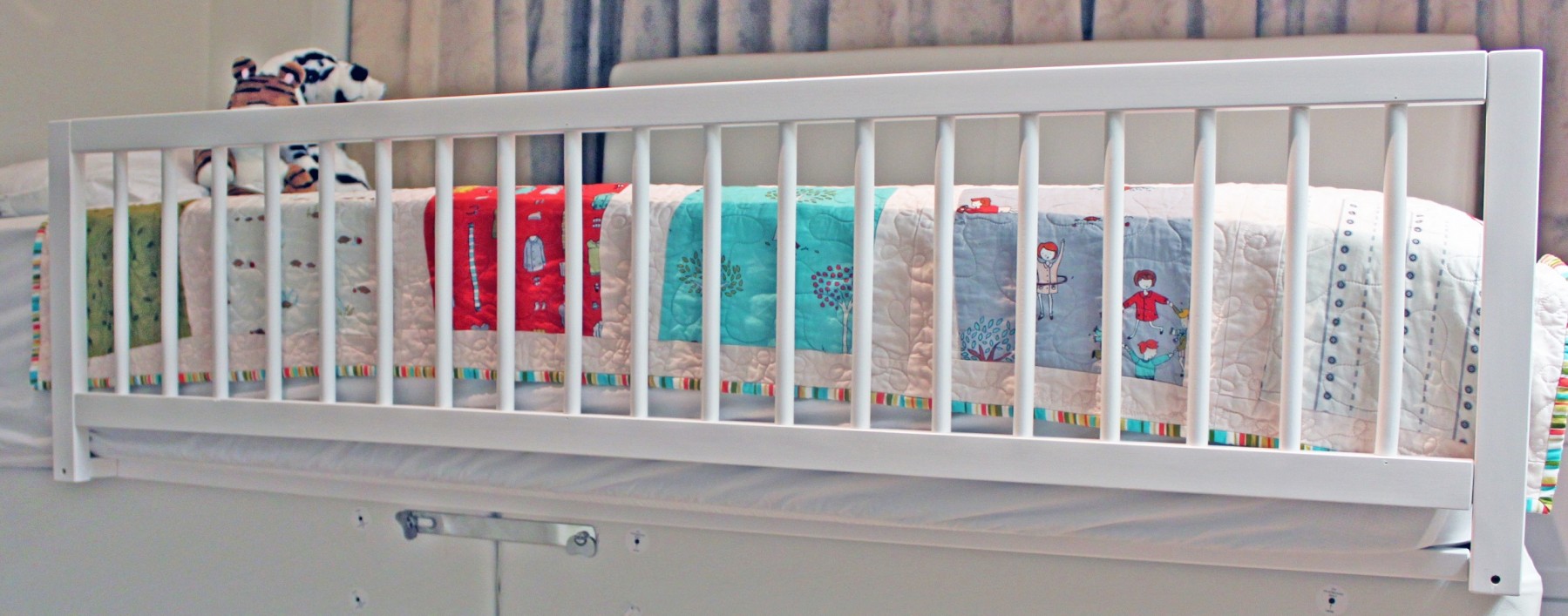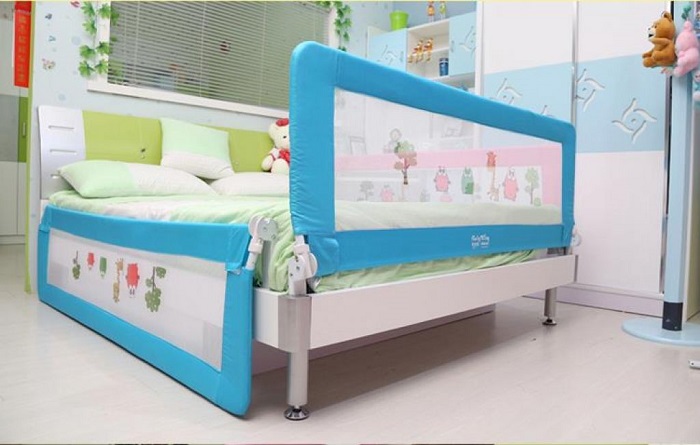
Help Your Toddler: The Transition from Crib to Cot Bed
As soon as you become a parent, you learn what it really means for that little bundle of joy to become the centre of your world. As soon as your baby enters home, there’s no doubt everything changes, particularly your sleep routines. Since most babies wake up throughout the night, parents usually find it easier if they either co-sleep on the family bed, or in a crib in the same room, with some exceptions that is, that prefer to have a nursery.
Since by sleeping in their own bedrooms kids have more chances of getting independent earlier on, learning important lessons like how to become organised, it’s better to go for the nursery option as early as possible. However, if you go through the transition in the toddler phase, be prepared for dealing with some anxiety, both on your and your toddler’s part. You can easily take care of yours with toddler bed rails.Toddlers are energetic and constantly on the go, so it’s normal to fret bed falling accidents. Getting the perfect fit of cot bed with toddler bed rails ensures the safety of your child, so you can count on a good night’s sleep. There are even those bed rails made without solvents, and water-based paints, specifically, to preserve the environment, adding to that good night’s sleep. Easy to install, and slip under the mattress, you can even use this bed well beyond the toddler phase as a single bed.

Now then, you can take care of your toddler’s anxiety by first being there while he or she is falling asleep. You can place a mattress beside the cot bed, singing, reading some stories, and snuggling if necessary, making your presence known until your child gets used to the new bed, and room. It’s important not to leave earlier, before making sure he or she is completely asleep, because you’re bound to incite stress, plenty of sleepless nights, and sleep routine problems.
Eventually, you can start leaving the room, and spending more time out than in, until your child can sleep peacefully without your presence. You can do so by moving the mattress away gradually, as well as making up excuses to stay out of the room frequently, telling your child you’re going to fetch something, or take care of tasks (e.g. get the storybook, clean the house).
The length of the process depends on each child individually, but it’s important to stick to it as long as it takes, and help with relieving the anxiety so that he or she can develop a positive attitude about sleeptime, and get the needed daily rest.

